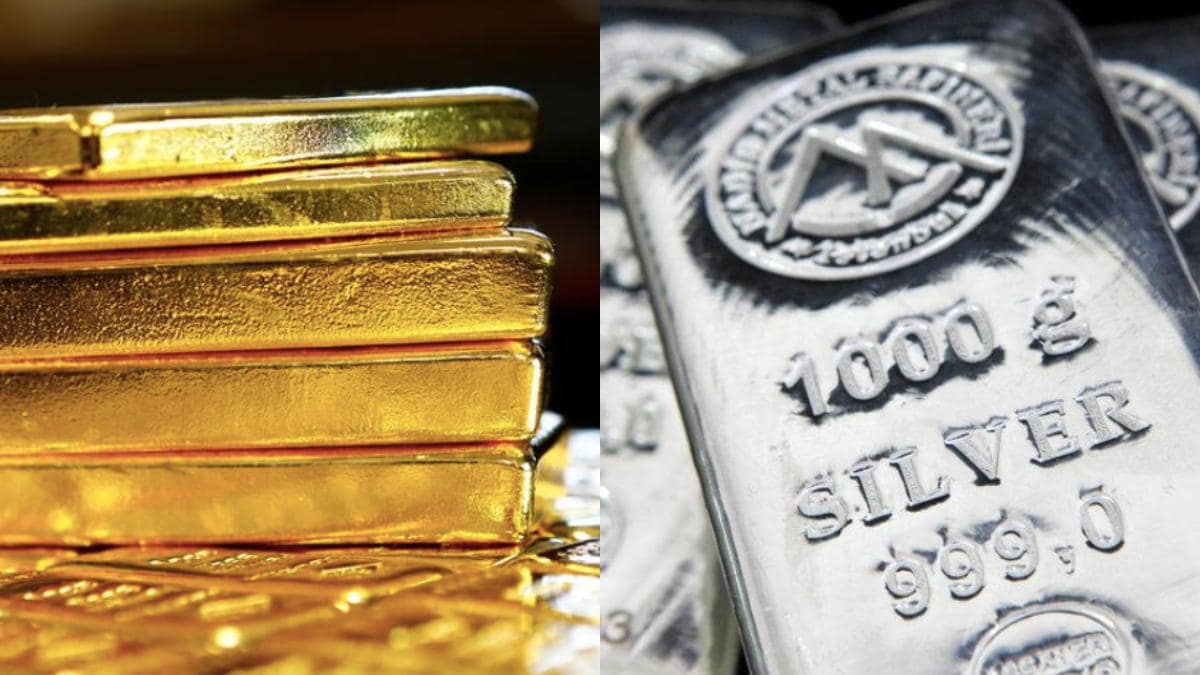Are you hesitating whether to invest in gold or silver? Investing in any of the world’s two most popular metals would be the right move.
Nevertheless, there are certain differences between these commodities in terms of liquidity, volatility, industrial use, diversification, and storage costs. Hence, one of the metals is likely to be more suitable for your portfolio than the other.
Precious metal brokers help investors to get started with such investments. Have a look at the Rosland capital review to get informed about self-directed gold IRAs.
Delve deeper into the differences between gold and silver investments.
Liquidity
The primary aspect of differentiation between these assets is liquidity. The gold market is considered substantially more liquid compared to the silver market. The former is also larger in view of annual supply value. According to estimates, the value of the latter is at least five times lower than the value of the former.
The liquidity of the silver market is not only lower, but the risk of trading this metal is higher as well. Better liquidity is crucial for helping investors make larger sales or purchases without any significant alterations in the price of the commodity. The difference in liquidity between both commodities is usually a problem for those wishing to trade larger volumes. Consequently, such investors are likely to choose gold over silver.
Volatility
Another key difference between gold and silver investments is volatility. The silver market is thought to be far more volatile, which can be interpreted as good news or bad news, depending on the type of investor. For instance, investors bound to take high risks find the additional volatility of silver helpful, as they can exploit the large swings in price.
According to many, the largest advantage of silver is volatility. The size of the market is among the main factors that contribute to its volatility. Most of the supply of this metal is produced as a mining byproduct of other metals, like lead and copper. Hence, higher prices don’t always lead to extra supply.https://www.greenmesquitebbq.com/profile/top-gun-maverick-online-hd-free-on/profile
Nevertheless, greater volatility comes with a higher risk. Short-term investors have to be skilled enough to exit trades when changes in price trends occur. The ability to spot such turning points seems to be hard even for experienced investors. If interested in speculating on short-term fluctuations, silver seems more appealing than gold. Conversely, gold is more attractive if interested in long-term trading. https://www.raceofchampions.com/profile/top-gun-maverick-free-streaming-hd/profile
Industrial use
Another difference between gold and silver investments is in terms of their industrial use. A modest twelve percent of the gold supply is reserved for industrial uses. In contrast, the miraculous characteristics of silver are responsible for the use of over fifty percent of the supply in various industries. The applications of this metal are numerous, ranging from electronics to batteries to solar panels and medical applications.
Silver is considered indispensable among metals due to its thermal and electronic conductivity. Modern life wouldn’t be possible without it. The global economy state has a much greater influence on this metal compared to gold. Consequently, it makes it more prone to economic ups and downs. The demand is higher when the economy is stronger, whereas it’s weaker in times of deflation and recession.
Gold, on the other hand, is protected from economic activity slowdown, given its industrial uses are much more limited. Click here to learn about the uses of gold. The largest part of industrial silver is thrown away after being used, as the recovery of this metal is definitely not economical. As a result, the metal amount that can be returned to the market via recycling is much more limited.
In the course of a financial or monetary crisis, the price of this metal is more affected by unfavorable circumstances, not so much its role in the industry. Investors buy this commodity in times of economic turmoil to protect their portfolios.
Diversification
Another aspect of comparison between these two metals is diversification. Many investors have a tendency to add these assets to their portfolios to reduce the overall level of risk. The prices of these commodities have little to no correlation to the performance of other securities like stocks and bonds.
Nevertheless, gold has a bit of an advantage over silver as far as diversification is concerned. The latter is much more related the business cycle. When the economy is performing well, the industrial demand for this commodity is higher. Conversely, gold isn’t correlated or connected to anything. Hence, central banks have a tendency to purchase this asset to diversify the risk of holding other currencies.
Storage costs
Another factor of comparison between these two assets is storage costs. The investments in these commodities are linked to certain expenses, particularly referring to insurance and storage. In the event of getting stolen, precious metals cannot be traced most of the time, which is why investors usually place their holdings in secure facilities or vaults.
The need for storage and insurance imposes multiple charges, such as those for renting space, asset insurance, and transportation of the metals when purchased or sold. These costs have a significant effect on the investments in these commodities. For instance, investors would need to rent a far larger space in a vault of a million dollars worth of silver than they would need for a million dollars worth of gold.
As far as transport and storage are concerned, gold is still considered a better option. In contrast, investors who purchase these commodities through mutual funds and ETFs won’t think of these differences as a problem, given annual fund expenses are low. For example, the annual expenses of such ETFs are about 0.4% and 0.5%.
Gold takes up less storage space than silver, is lighter and less costly to store, as well as resistant to tarnishing. Bars and coins made of the latter have to be stored in a dry place to avoid exposure to the weather elements.
Final word
Whichever metal you choose, make sure it suits your portfolio!


